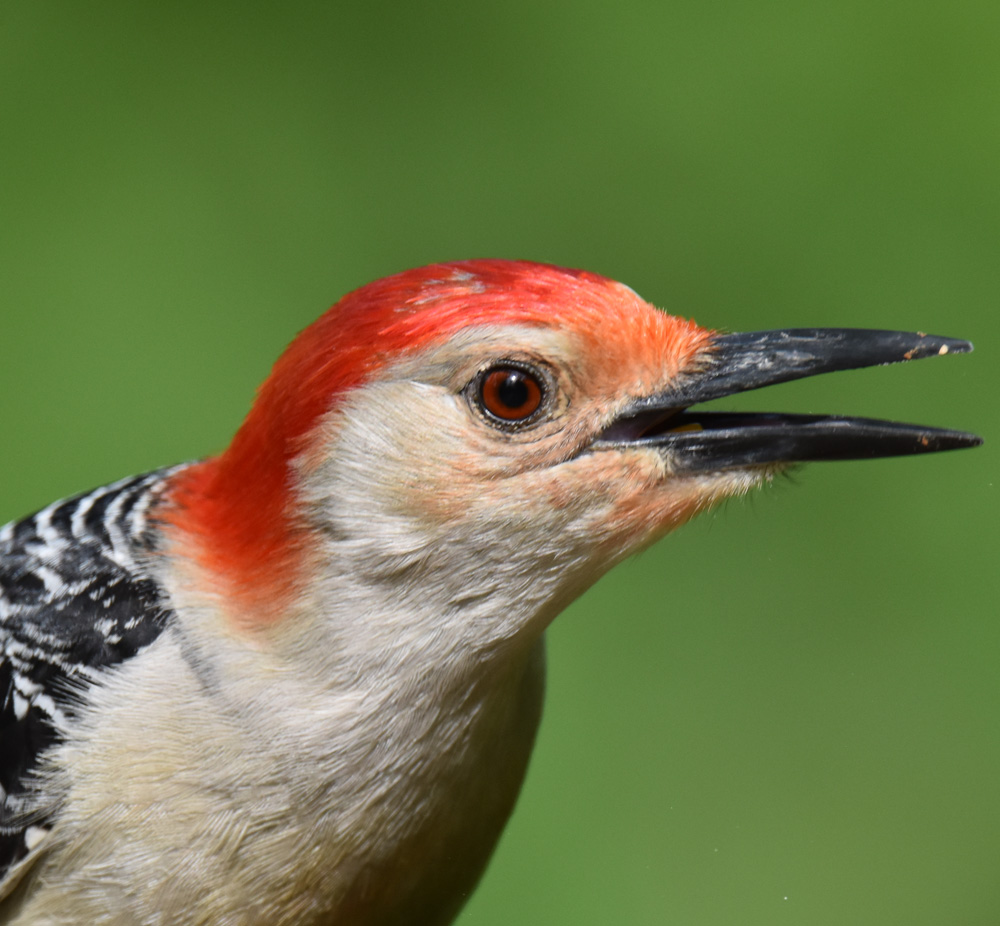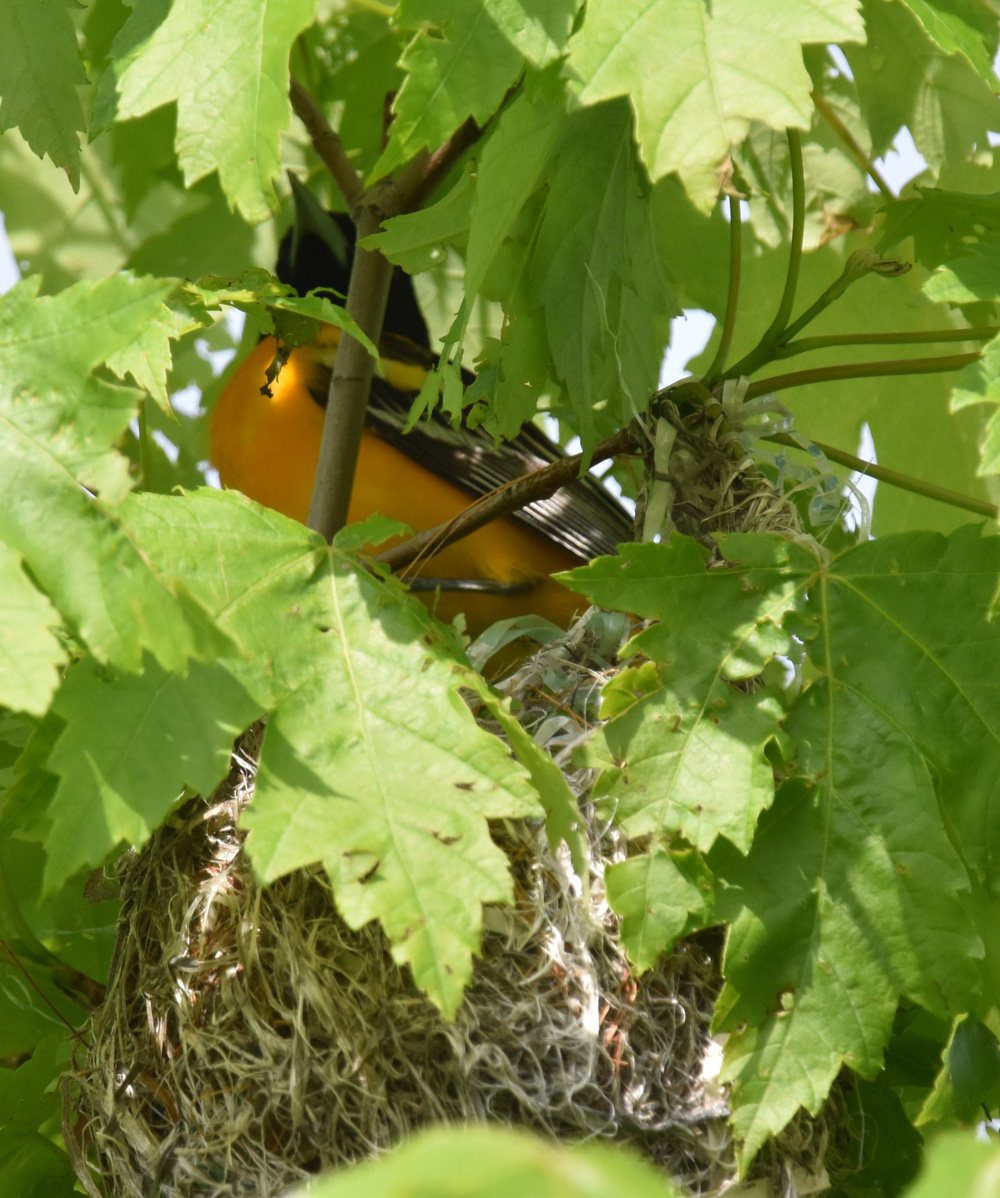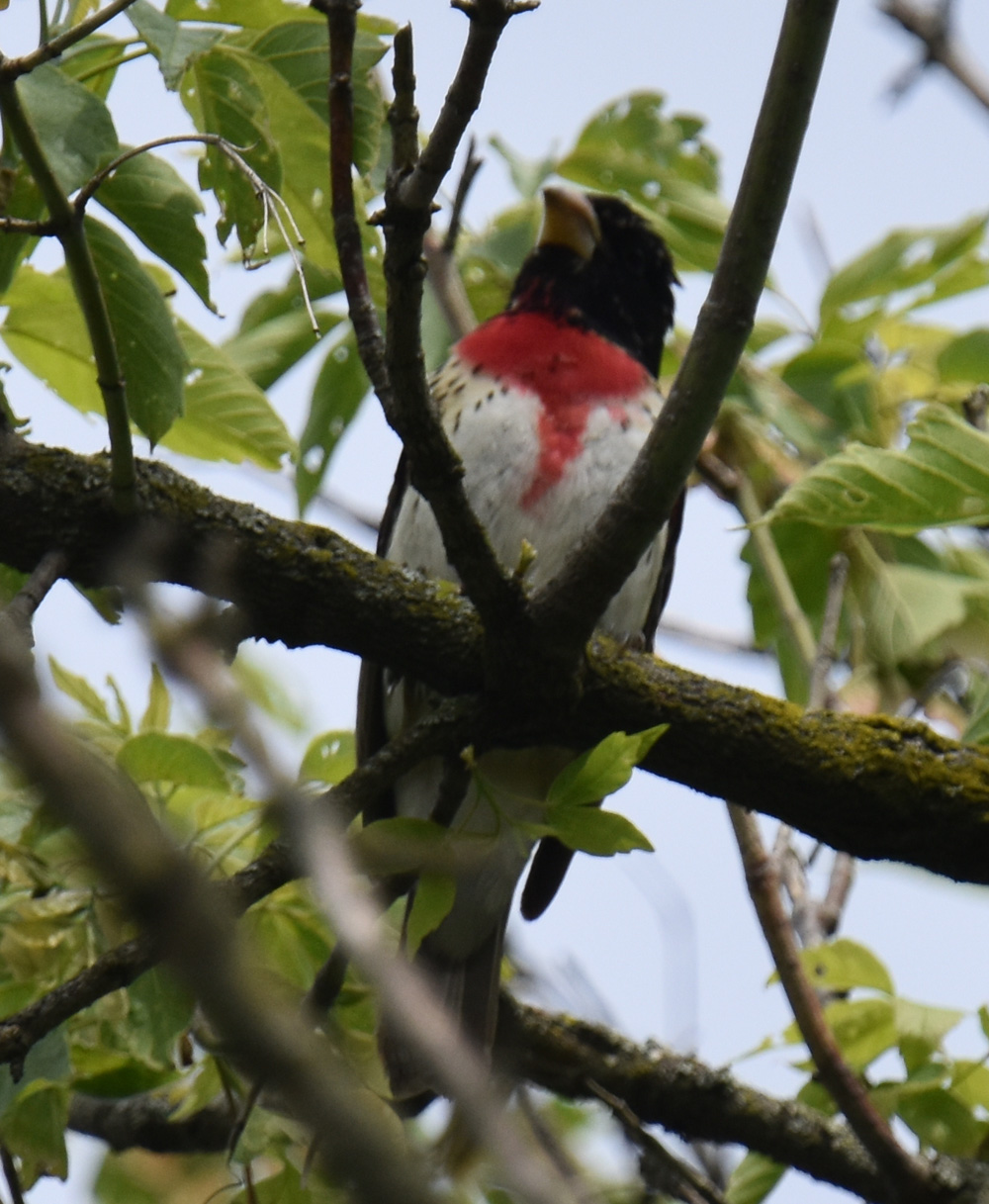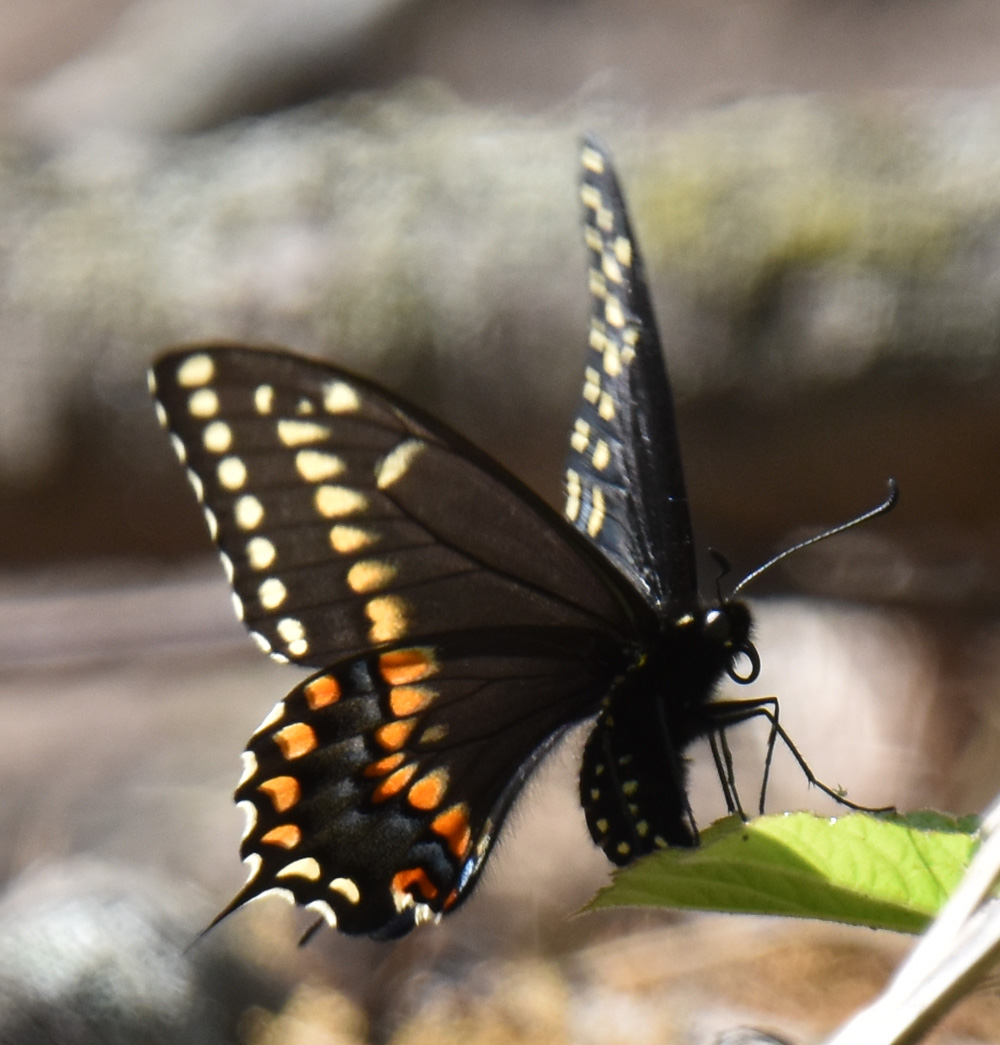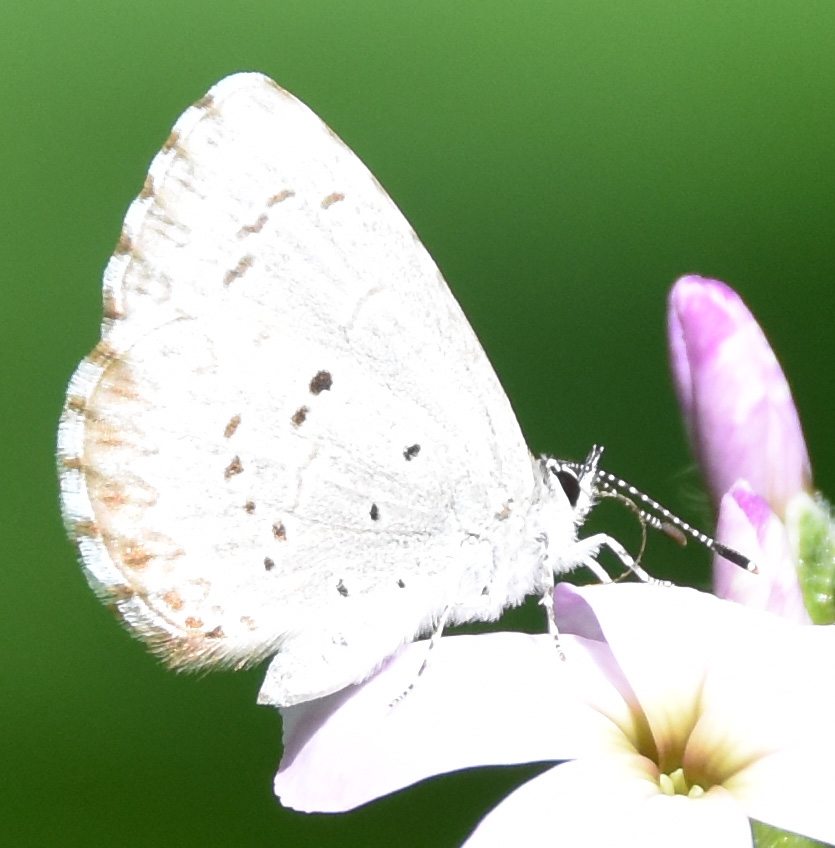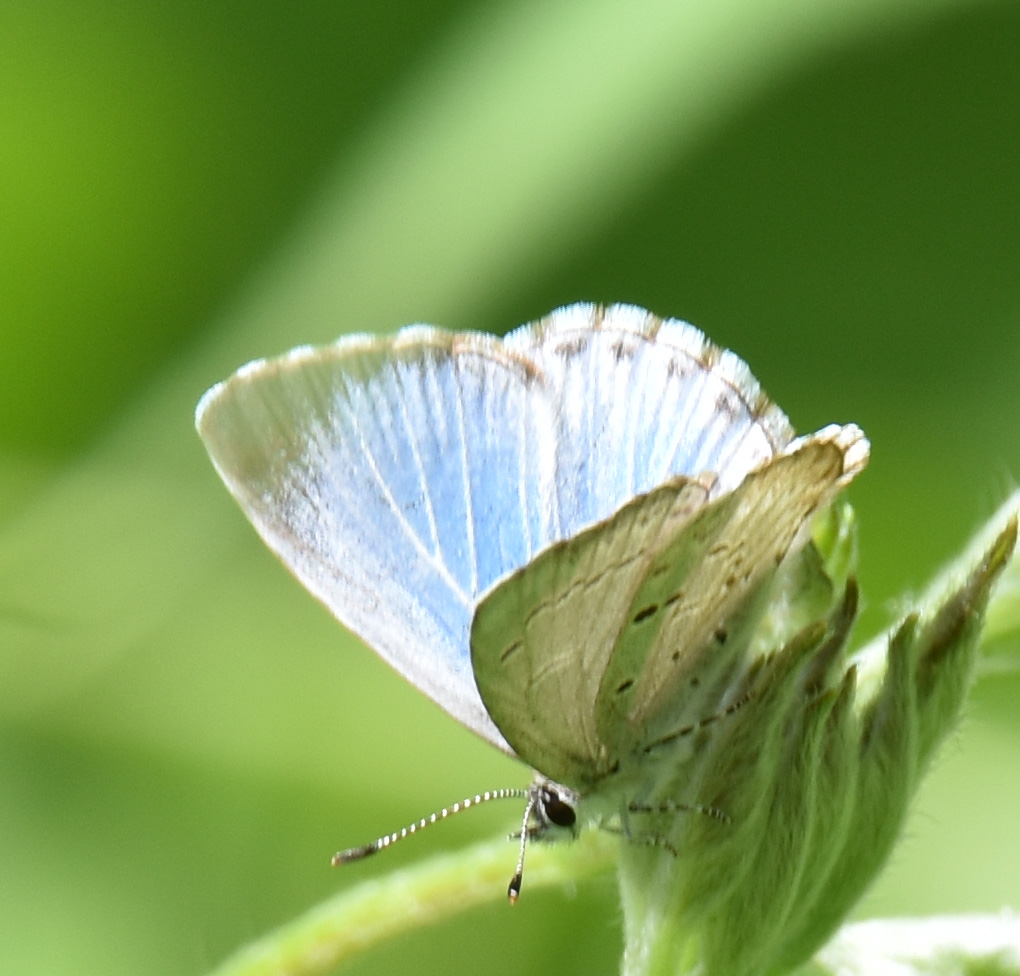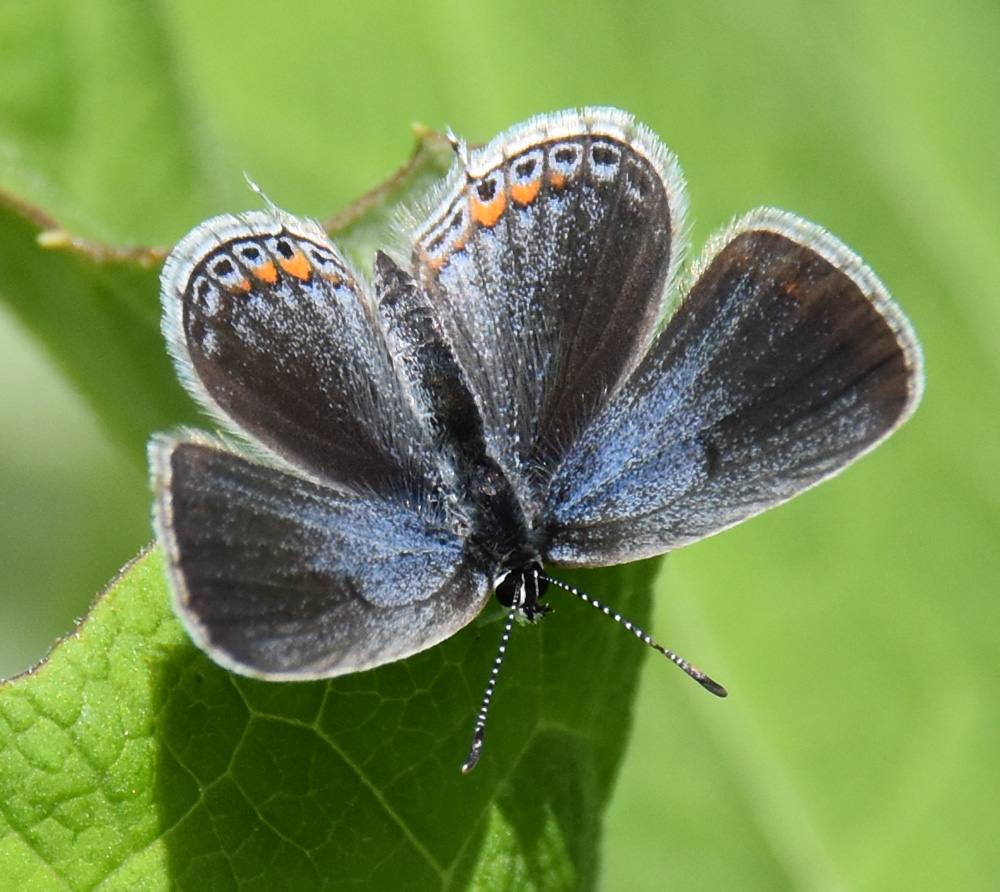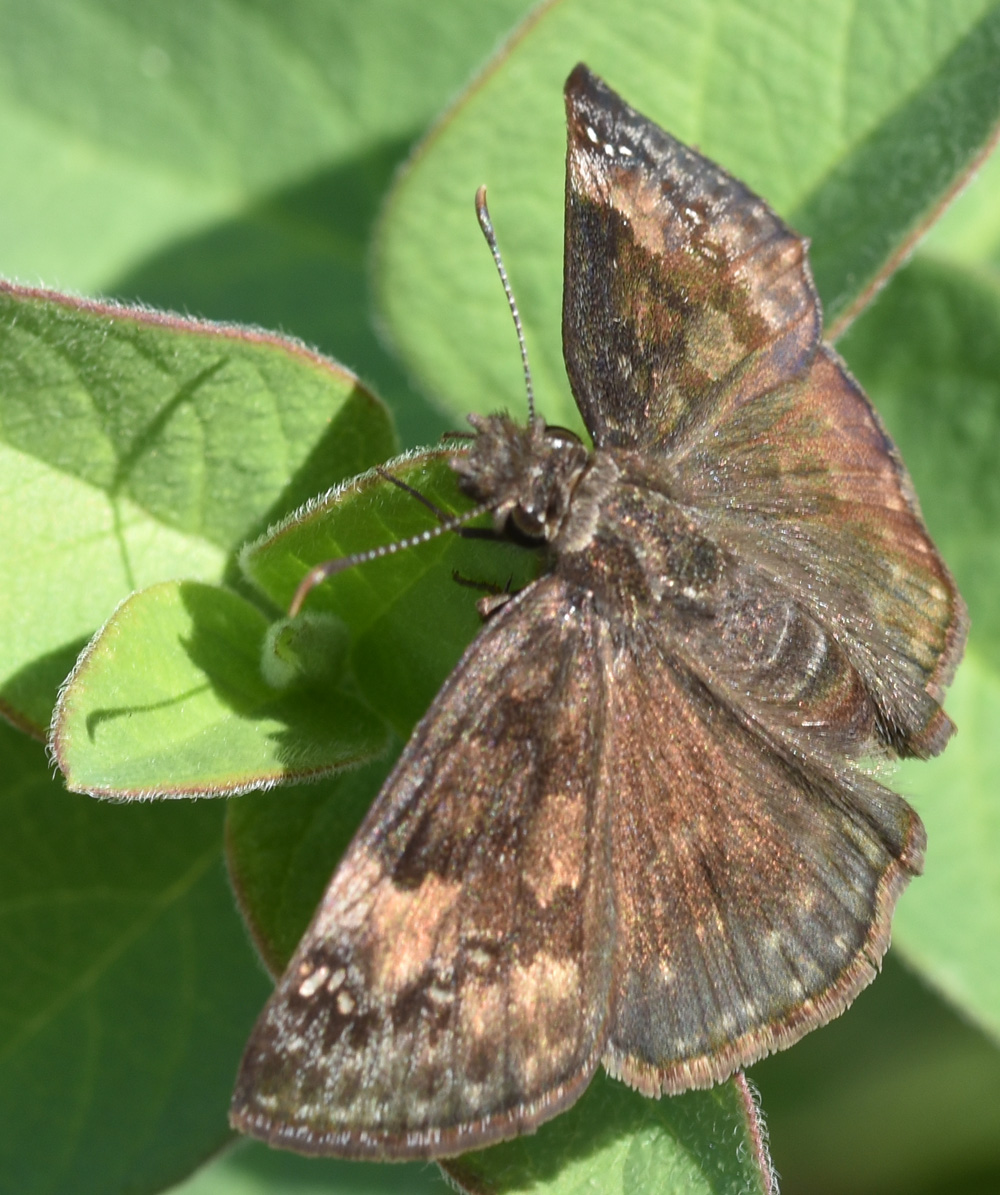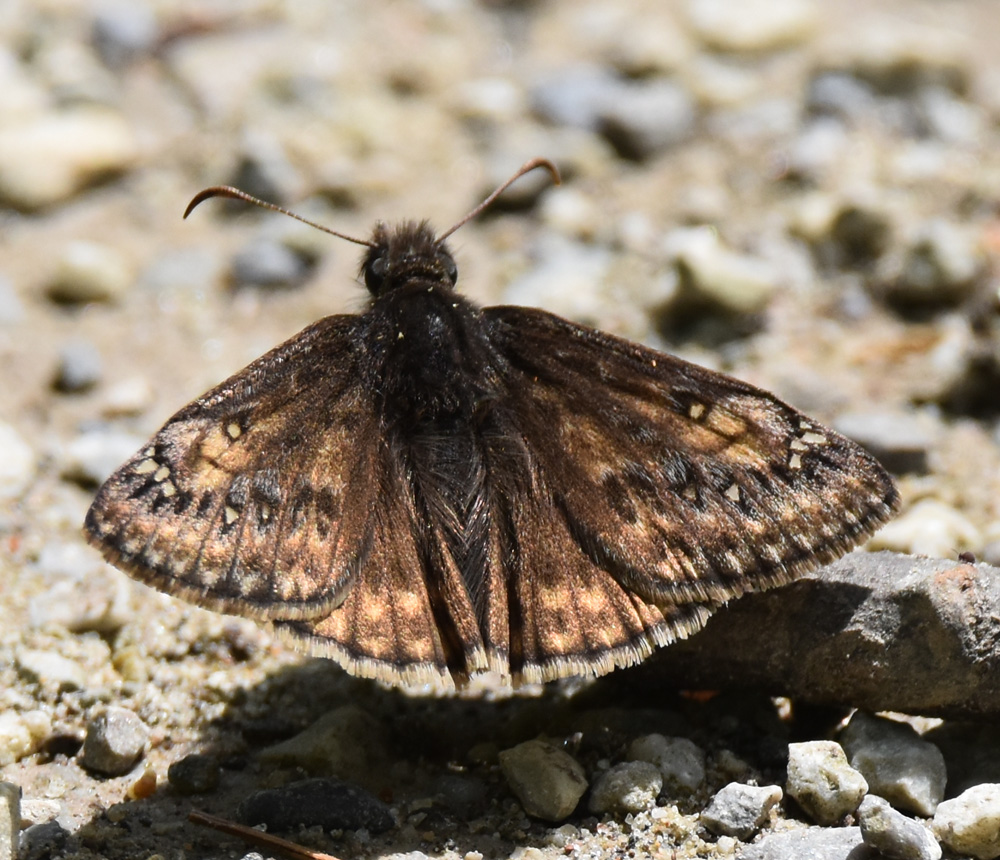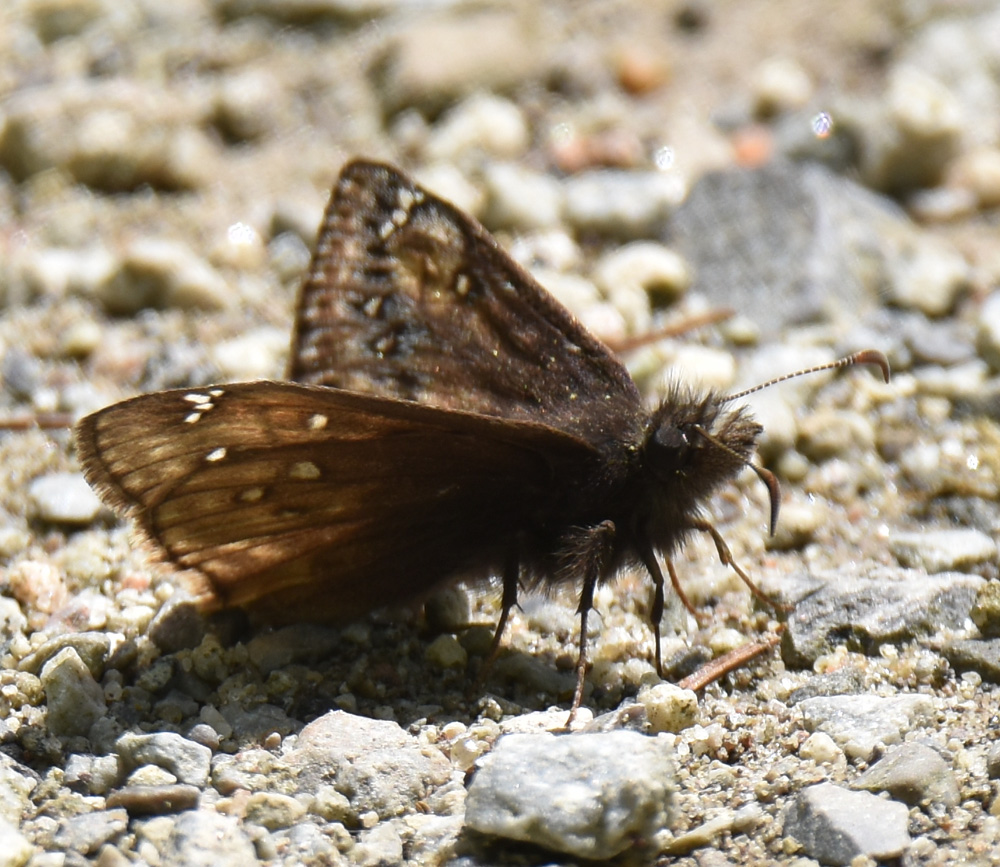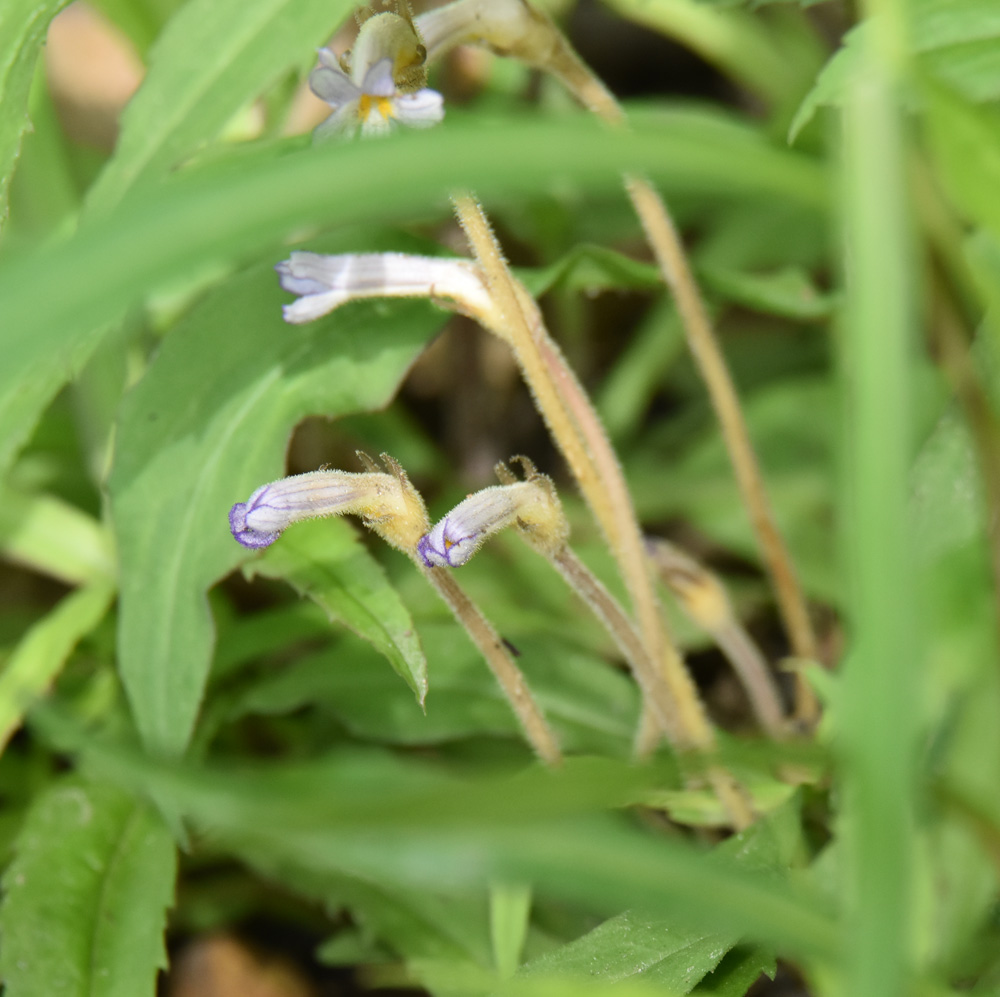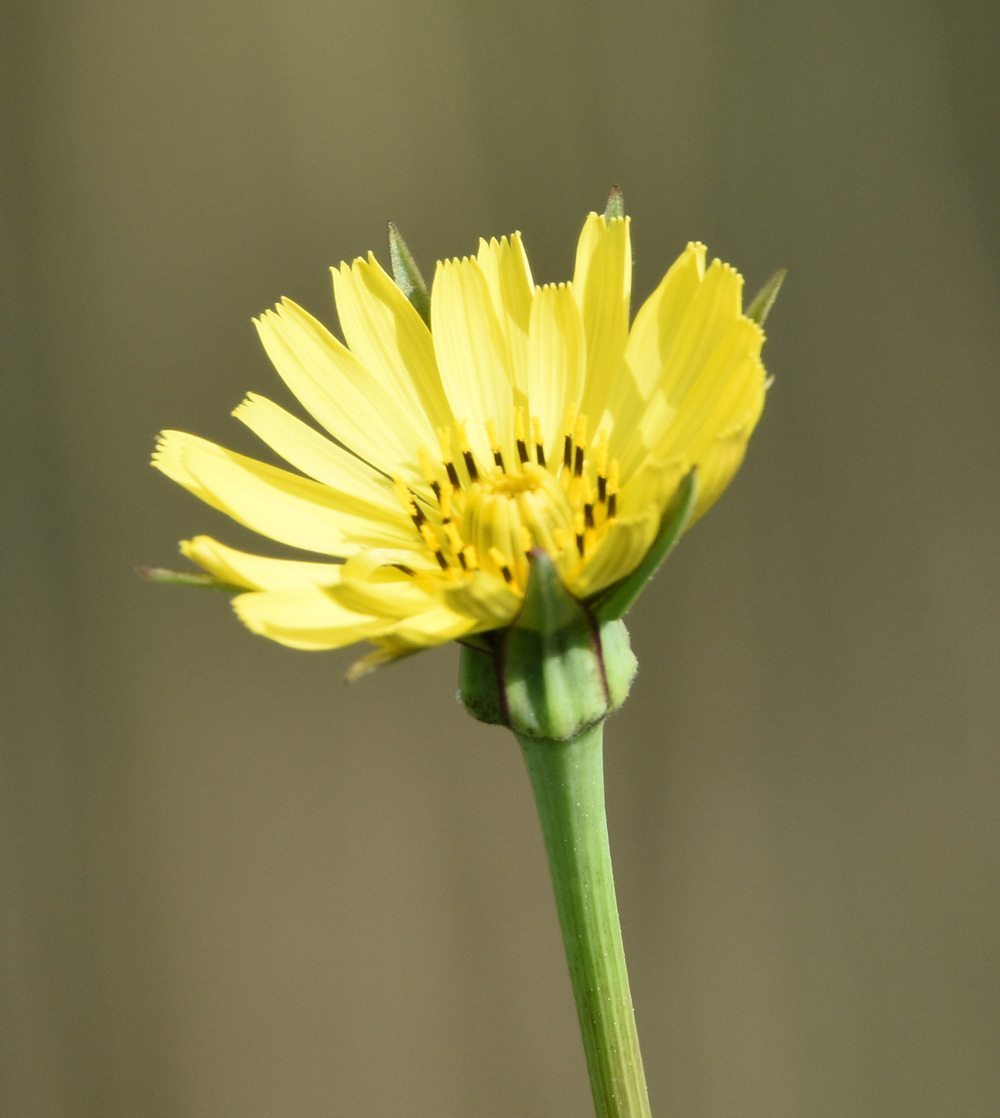There’s something magical about this time of year when the woods and meadows are blooming and there’s something new, or new for the year, to see everywhere. And knowing that it will continue to get better for weeks and weeks ahead is very cheering too. Since I don’t have anything inspiring to write, I’ll just share some photos from a Sunday stroll in the park.
Red-bellied Woodpeckers Are Raising Chicks Already
Several times this week, I’ve met this same male Red-bellied Woodpecker at the feeders at Riverwood. He probably has a family in the nest because he arrives and carries off food, including a huge chunk of bread!, to a tall dead tree set way back in the marsh. He’s become quite assertive at the feeders, arriving when I’m standing only a few feet away, and chasing away Mourning Doves, Downy and Hairy Woodpeckers if they are trying to get a seed when he’s there.
And Baltimore Orioles Are Nesting in May
There are a lot of Baltimore Orioles at Riverwood and at times they seem to be all chasing other ones away from their territories. I followed this male back to his nest after one of his rants.
Rose Breasted Grosbeaks Are Looking for Love
I don’t know if the Grosbeaks are nesting yet or not. They’ve only been back for about a week. But this male was singing merrily away so he’s definitely interested if he can find or has found a partner.
Not Every Egg Layer Needs a Nest: Black Swallowtails Are Busy Populating the Place
Butterflies, of course, don’t usually bother with nests. So when I saw this Black Swallowtail flying in quick low darts I paid attention. Sure enough, it was a female, hovering long enough to lay single eggs on plants before moving on to the next likely spot.
I was a bit surprised to see she was laying eggs on Cow Parsnip shoots. I have seen the caterpillars on parsley and carrots and Queen Anne’s Lace but this was new to me. I wasn’t sure if she expected the caterpillars to walk around looking for better leaves to eat or if they actually eat the Cow Parsnip leaves, so I went online to see if I could find any info.
Apparently the Short-tailed Swallowtail, a type living in parts of Quebec and the Maritimes, does use Cow Parsnip as a host plant so hopefully the Black Swallowtail larvae will be happy to eat it too. And a reference from Central Colorado says that their Black Swallowtails eat it, so it’s probably ok.
Three Types of Blue Butterflies Challenge Identification on the Wing
I was at the Riverwood Conservancy yesterday, May 28, and to my surprise many types of butterflies were taking advantage of the humid mildly warm weather to look for partners and chase away rivals. Recently I realized that to tell the tiny blue ones apart, I need to try to look at the undersides of their wings.

This one is a Silvery Blue. It has black dots, at least some of which should be circles, with white rims around them. And, of course, a gorgeous blue colour on the tops of the wings of the males.
This one shows I need to keep working on my photography! It should be a white and grey colour, in case you’re curious. What you can see, though, is there are no “tails” on the hindwings nearest the body at the bottom, and no vivid orange spots either. This should be some type of Azure, possibly a Summer Azure.
It’s also blue on top of the males, as you can see in this view, I hope!
This is a female Eastern Tailed Blue. She has the vivid orange and the tiny hair-like “tails” on each hind wing near the body. These are one of the few blue ones you can tell apart easily from the top view.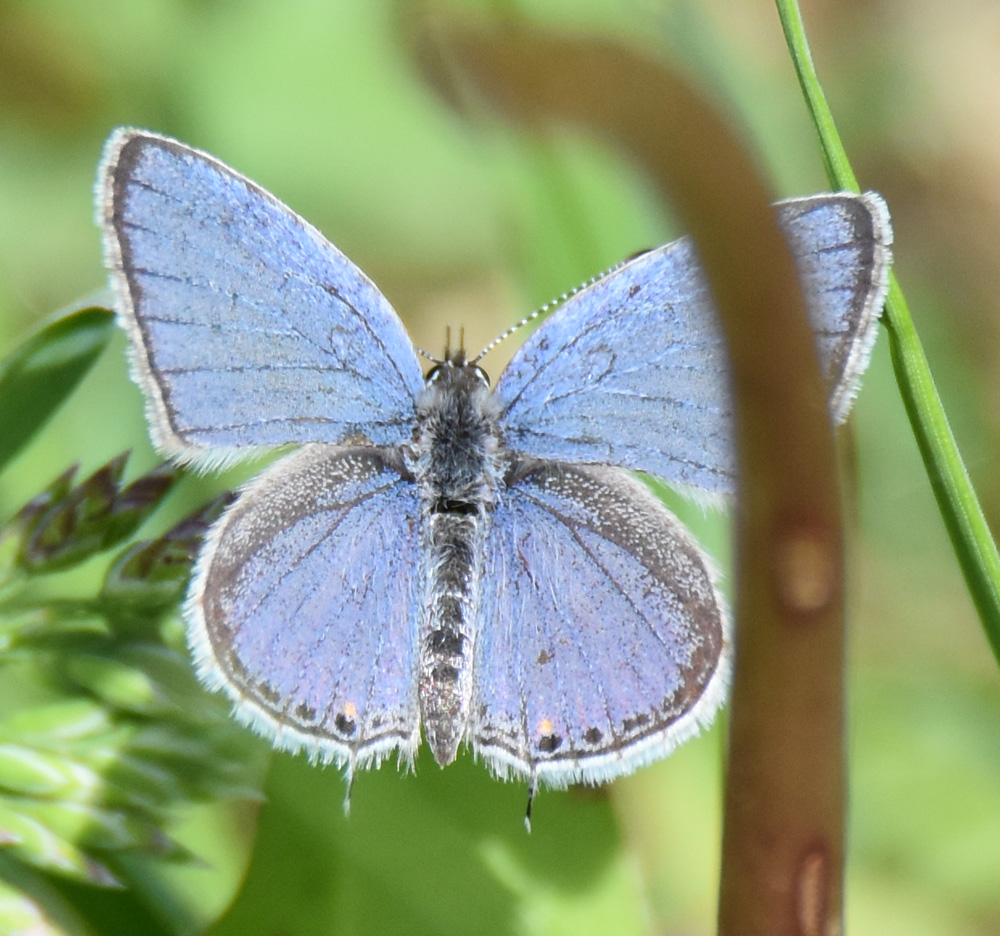
This male Eastern Tailed Blue is half-hidden behind a dandelion flower stalk but you can see his “tails” and how vivid a blue he is compared to his partner.
The Two Duskywing Skippers Most Likely to be Seen in Mississauga in Spring
I’m getting better at taking photos of butterflies from far away which has helped me identify some new (to me) kinds. Often these critters are too skittish for me to get close–or someone else out for a walk, jog, bike or dog-walk, will startle them up before I can approach.
This first dark brown butterfly, a Wild Indigo Duskywing, isn’t quite as flighty as some others. It has a collection of spots near th edge of the forewing but nothing else noticeable. It can look black through light brown depending on how long it has been “hatched” and which way the sun is hitting its wings.
This Juvenal’s Duskwing has the wing edge spots but it also has a spot a bit in from the edge and a bit more up towards the head end. Juvenal’s are often one of the earliest brown skippers to start flying and I made a point of looking for them more carefully this spring. Sure enough, there are quite a few at Riverwood, especially up along the Green butterfly Trail above the main parking lot that leads to Chappell House.
When the light shines through the wings like this, the extra spots on the Juvenal’s Duskywing are even easier to see.
There are some other types of brown skippers that I might see at Riverwood, so I’m still taking the time to look at each one I find (that will stay still long enough!) in case I can find a third or even fourth type.
On Sunday’s walk I also saw an orange Crescent butterfly, several of the yellow butterflies that look somewhat like Cabbage Whites but were actually Orange Sulphurs, and two Red Admirals. I did not see a single yellow Tiger Swallowtail though. They are almost late this year as the Dame’s Rocket is already starting to bloom and the trees are mostly leafed out.
A Few of the Spring Wildflowers
I’ve been checking this week to see if any of the One-flowered Cancer Root will make a come back, and a few tiny plants did!
These parasitic plants host plants are much taller this year than last year so the blossoms were quite hard to notice.
The native euonymous Running Strawberry is blooming too. And the Wild Cranesbill and Dame’s Rocket. The Waterleaf is just starting to bloom. The Mayapples are open and the Toothworts have finished.
This one Goatsbeard was in bloom right in the middle of one of the still green flowerbeds near the Classroom: if it wants to survive it may want to keep a lower profile!
I’m looking forward to when the huge yellow Swallowtails and the mysterious little orange Skippers all start to fly later this spring. But in the meantime, there are plenty of wonderful things to peek at and ponder. Happy spring!
Related Reading
Join In
Have you been seeing signs of spring in your neck of the woods? Do you have any confusing butterflies that you’ve finally figured out? Please share your sightings with a comment.

